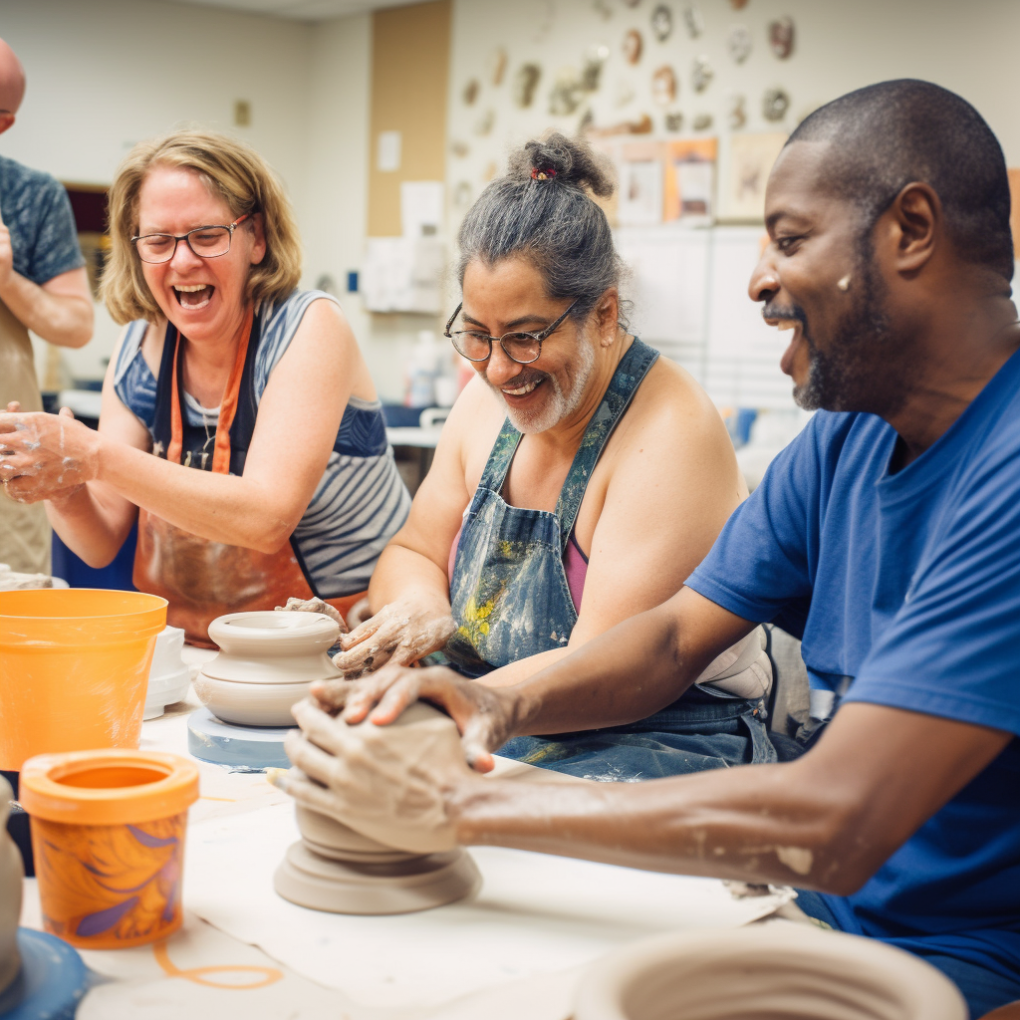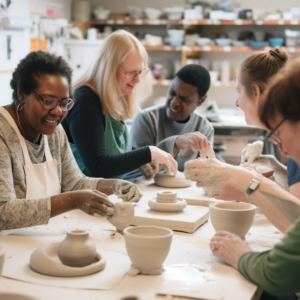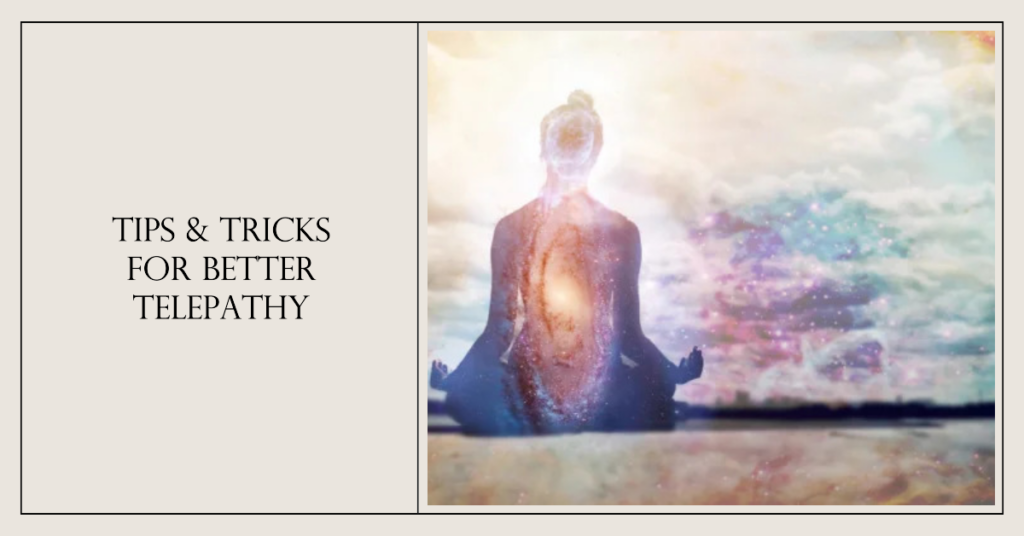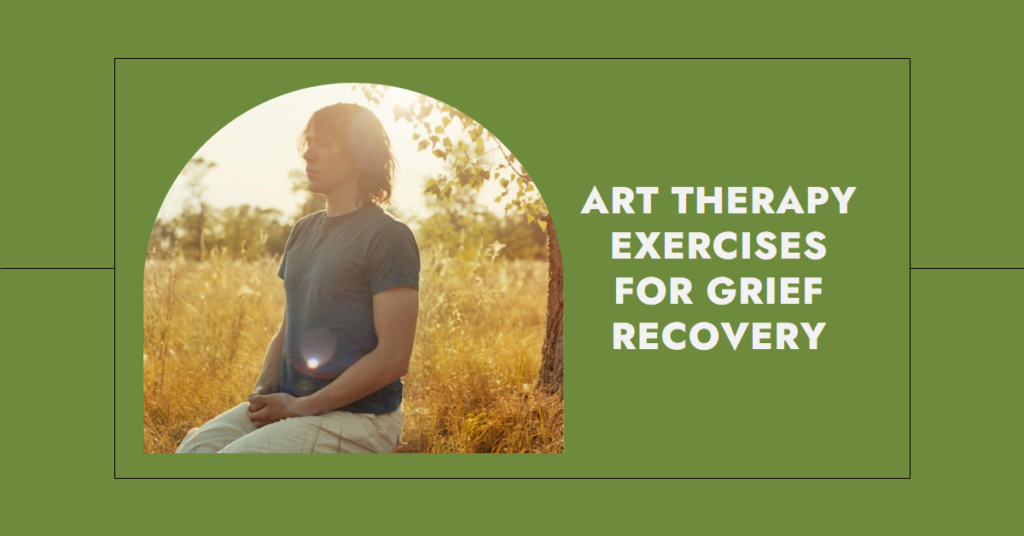Therapeutic Arts: A Powerful Tool for Emotional and Mental Healing

We live in an increasingly complex and demanding world, where emotional and mental well-being is often overshadowed by the pursuit of success, wealth, and material possessions. However, the therapeutic arts provide a powerful and transformative approach to healing that harnesses the power of creativity, self-expression, and self-discovery. In this comprehensive guide, we’ll explore the world of therapeutic arts and how they can help you overcome emotional and psychological challenges, nurture resilience, and ultimately, find greater balance and harmony in your life.
What Are Therapeutic Arts?
Therapeutic arts encompass a wide range of creative practices that use artistic mediums to promote emotional, mental, and even physical healing. These practices may include art therapy, dance and movement therapy, music therapy, drama therapy, poetry therapy, and more. The primary focus of therapeutic arts is to provide a safe, non-judgmental space for individuals to express their thoughts, feelings, and experiences, often addressing deeply rooted emotional and psychological issues.
Art Therapy: The Cornerstone of Therapeutic Arts
Art therapy is a well-established form of therapeutic arts that uses various art forms, such as painting, drawing, sculpting, and collaging, to help individuals explore and express their emotions. By engaging in the creative process, participants can gain deeper insight into their thoughts and feelings, develop new coping mechanisms, and foster a sense of self-awareness and personal growth.
One of the many benefits of art therapy is its accessibility; it’s suitable for people of all ages, backgrounds, and artistic abilities. Furthermore, it can be adapted to address a wide range of emotional and psychological issues, from anxiety and depression to trauma and grief. For those interested in learning more about this fascinating practice, consider enrolling in the Art Therapy Practitioner Training Course.
The Importance of Accreditation in Therapeutic Arts
When choosing a therapeutic arts course or training program, it’s crucial to ensure that the course is accredited by reputable organizations. Accreditation guarantees that you’re receiving top-notch instruction and that your professional practice is recognized and respected. Organizations like the Centre of CPD Excellence, the IPHM, and the CMA maintain high standards in the field of holistic and complementary medicine, ensuring the quality and credibility of therapeutic arts training programs.
Exploring the World of Therapeutic Arts
Now, let’s delve deeper into the diverse landscape of therapeutic arts and discover how these creative healing practices can help individuals overcome emotional and psychological challenges.
Dance and Movement Therapy
Dance and movement therapy is a form of therapeutic arts that uses body movement as a means of self-expression and emotional exploration. By engaging in structured or improvised dance, individuals can connect with their emotions, release tension, and develop greater self-awareness. Dance and movement therapy can be particularly beneficial for those who struggle with verbal communication or find it challenging to express themselves through traditional talk therapy.
Music Therapy
Music therapy is another powerful therapeutic arts practice that uses the power of music to promote emotional and mental healing. Music therapists use a variety of techniques, such as composing, improvising, or listening to music, to help individuals express their feelings, process their emotions, and explore their inner world. Music therapy has been shown to be effective in addressing a wide range of issues, including anxiety, depression, PTSD, and even physical pain.
Drama Therapy
Drama therapy is a creative and engaging form of therapeutic arts that utilizes elements of theater, such as role-playing, improvisation, and storytelling, to facilitate emotional and psychological healing. By assuming different roles and exploring various scenarios, individuals can gain new perspectives on their own experiences, work through emotional barriers, and develop a deeper understanding of themselves and others.
Poetry Therapy
Poetry therapy is a lesser-known but equally powerful form of therapeutic arts that uses the written word as a tool for self-expression and emotional exploration. By engaging in the process of writing, reading, or discussing poetry, individuals can tap into their innermost thoughts and feelings, promoting self-discovery and personal growth. Poetry therapy can be particularly helpful for those who find solace and inspiration in the written word.
Real-Life Examples of Therapeutic Arts in Action
To better understand the transformative power of therapeutic arts, let’s explore some real-life examples of individuals who have benefited from these practices:
Case Study 1: Overcoming Anxiety with Art Therapy
Sarah, a young professional, struggled with chronic anxiety and panic attacks that disrupted her daily life. Traditional talk therapy provided some relief, but it wasn’t until she discovered art therapy that she experienced a significant breakthrough. By engaging in various art forms, such as painting and collage, Sarah was able to express her anxiety in a safe and non-verbal way, ultimately leading to a deeper understanding of her emotional triggers and a significant reduction in her anxiety levels.
Case Study 2: Healing from Trauma with Dance and Movement Therapy
David, a survivor of childhood abuse, found it difficult to discuss his traumatic experiences in a traditional therapy setting. However, through dance and movement therapy, he was able to connect with his emotions and confront his past in a non-verbal, embodied way. The process of expressive movement allowed David to release deep-seated tension and find a sense of peace and healing that he had never experienced before.
Case Study 3: Building Emotional Resilience with Music Therapy
Sophie, a teenager struggling with depression and self-esteem issues, found solace in music therapy. By engaging in songwriting and musical improvisation, Sophie discovered a powerful way to express her emotions and develop her self-confidence. Over time, she developed a deep connection to music and found it to be a valuable tool for emotional healing and personal growth.
Integrating Therapeutic Arts into Everyday Life
The beauty of therapeutic arts is that they can be easily incorporated into our daily lives. Here are some simple ideas to help you embark on your therapeutic arts journey:
- Journaling: Spend 10-15 minutes each day writing about your thoughts and emotions. You can use words or even doodles and sketches to express yourself.
- Collaging: Create a visual representation of your emotions, dreams, or goals by combining different images, textures, and colors.
- Meditative Drawing: Practice a meditative drawing technique like Zentangle or mandala creation to help you relax, focus, and connect with your inner self.
- Dance or Movement: Engage your body in expressive movement, either through structured dance or free-form movement, to release tension and explore your emotions.
- Music: Use music as a tool for self-expression, either by playing an instrument, singing, or simply listening to music that resonates with you.
In conclusion, therapeutic arts offer a transformative and empowering approach to emotional and mental healing. By incorporating creativity, self-expression, and self-discovery into our lives, we can cultivate greater self-awareness, resilience, and emotional balance. So why not take the first step and embark on a journey to wholeness and well-being through the power of therapeutic arts?













[…] doorway to holistic health and improved well-being. It’s time we explore this unique blend of art and therapeutic practice […]
[…] Expression: This art form provides a safe space for emotional expression, allowing for better management of […]